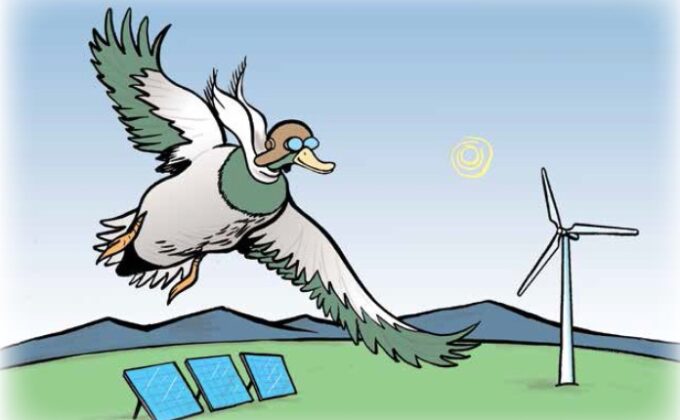
Blog
Incisive commentary from RAP experts
RAP experts keep their finger on the pulse of the energy sector and provide timely analysis of topics impacting stakeholders TODAY.
Filter >>
Content Filter:
April 26, 2016
Renewables in China and India: How the two Asian Giants are Struggling with Inflexible Power System Operations
- Max Dupuy ,
- Ranjit Bharvirkar
In recent years, China and India have greatly expanded renewable energy capacity. Installed wind capacity in China reached 129 GW at the end of 2015, up 23 percent over six months earlier and now the highest in the world. Solar… View Summary +
April 25, 2016
If Europe Wants Integrated Markets, it Should Take the Leap to Regional Grids
- Philip Baker
Europe is progressing towards an integrated, interconnected pan-European electricity market. However, the governance and regulatory arrangements that the EU has established to support this process are inadequate to the task. They are more focused on preserving the sovereignty of national… View Summary +
April 14, 2016
It’s Aready Happening: New EIA Numbers Show a Utility Sector in Transformation
- John Shenot
My colleague David Littell recently wrote about the inexorable shift of the US power sector toward cleaner sources of electric energy, noting that the cost of renewables has been dropping, energy efficiency continues to grow, and storage… View Summary +
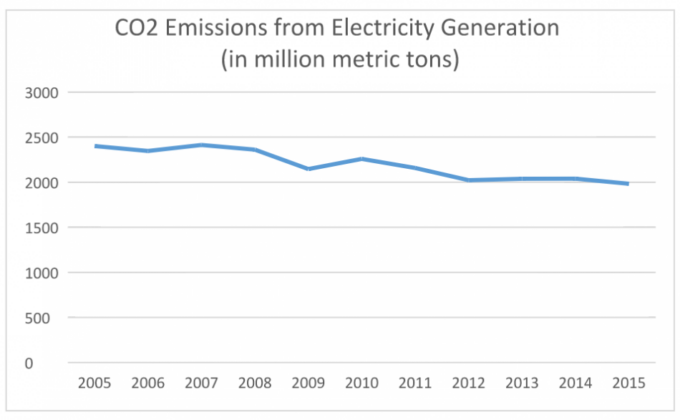
April 8, 2016
China’s String of New Policies Addressing Renewable Energy Curtailment: An Update
In late March, the Chinese government issued a major policy announcement (Chinese, known as “Document 625”) on renewable energy, aimed at reducing the perennially high level of curtailment of energy from wind, solar, hydro, and other renewable… View Summary +
April 1, 2016
Lower Emissions, Costs Possible with Two-Part Pricing and Dispatch Reform in China
- Wang Xuan ,
- Fredrich (Fritz) Kahrl
China’s power sector is one of the key causes of coal consumption and pollution emissions. The Chinese government has achieved great progress in decarbonizing the power sector in the past ten years through increasing energy efficiency, installing pollution treatment equipment,… View Summary +
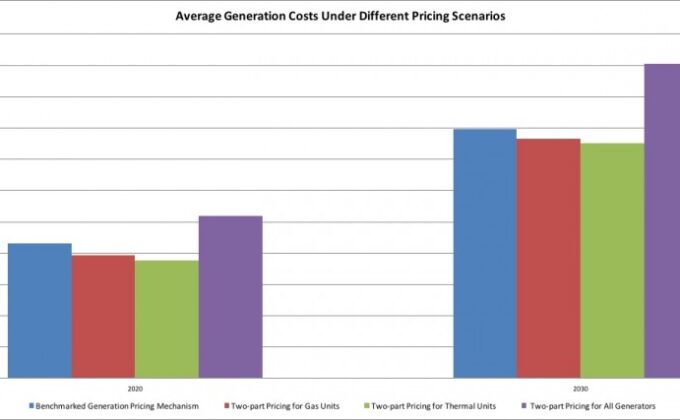
March 30, 2016
Deja Vu All Over Again
Yogi Berra famously had a quote for every occasion. If asked to describe the effect of the U.S. Supreme Court’s February 9 stay of the U.S. EPA’s Clean Power Plan (CPP), I’d bet he’d say, “… View Summary +
March 25, 2016
How Much Excess Coal-fired Generation Capacity Does China Have?
- Fredrich (Fritz) Kahrl
Since the beginning of 2014, demand for electricity in China has fallen dramatically, following more than a decade of double-digit growth. Despite slowing demand growth, there are indications that a large amount of coal-fired… View Summary +
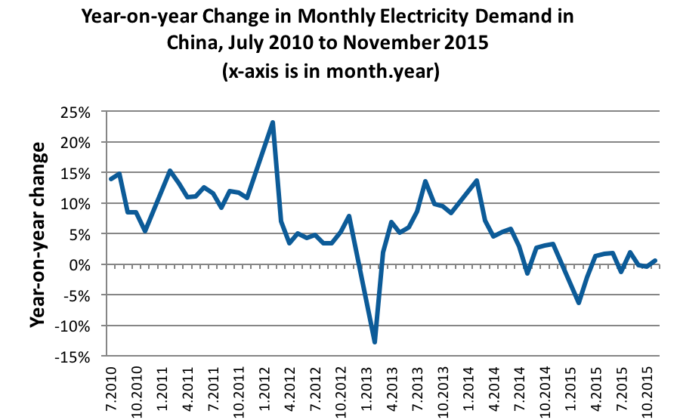
March 24, 2016
中国上网电价机制改革研究
- Wang Xuan ,
- Fredrich (Fritz) Kahrl
近年来,随着我国经济发展,能源消费不断增加,这一方面保障了我国经济发展和人民生活水平的提高,另一方面也带来巨大的污染物排放,对环境和人民身体健康的破坏日益严重。电力行业是能源消费和污染物排放的大户,是全国节能减排工作的重点。过去几年中,提高能效、加强火电厂污染排放治理以及发展清洁能源等措施都加快了电力行业的低碳化。 然而电力行业节能减排工作仍有很多问题,包括电力行业不同电厂的能效水平存在巨大差别,但是高能效机组和低能效机组利用小时相近,没有区别对待;风电和光伏建设迅速,但是其利用状况堪忧,已在部分地区出现大面积弃风弃光的现象,抵消了可再生能源发展的效果;电力行业盈利水平波动过大,导致对投资预期不确定,电力企业纷纷跨行业投资,影响了电力行业的稳定发展。 最近,长策智库受睿博能源智库委托完成了… View Summary +
March 18, 2016
Capacity, Competition, and Consumers Top RAP’s List of Missing Market Priorities
The European Commission’s Market Design Initiative (MDI) rightly identifies investment and security of supply, demand-side participation in markets, and market governance as three central pillars of a successful market reform. In framing the initiative’s priorities, however, the Commission has neglected… View Summary +
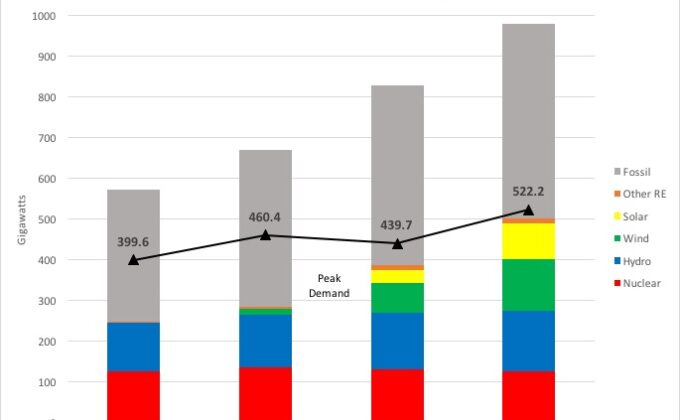
March 2, 2016
Long Live the Duck — and May He Fly Flat
- Jim Lazar
Utilities and grid operators from Germany to Hawaii have expressed concern about their ability to maintain reliable service as increasing amounts of variable renewable energy–primarily wind and solar–are added to a grid that has historically consisted overwhelmingly of… View Summary +
